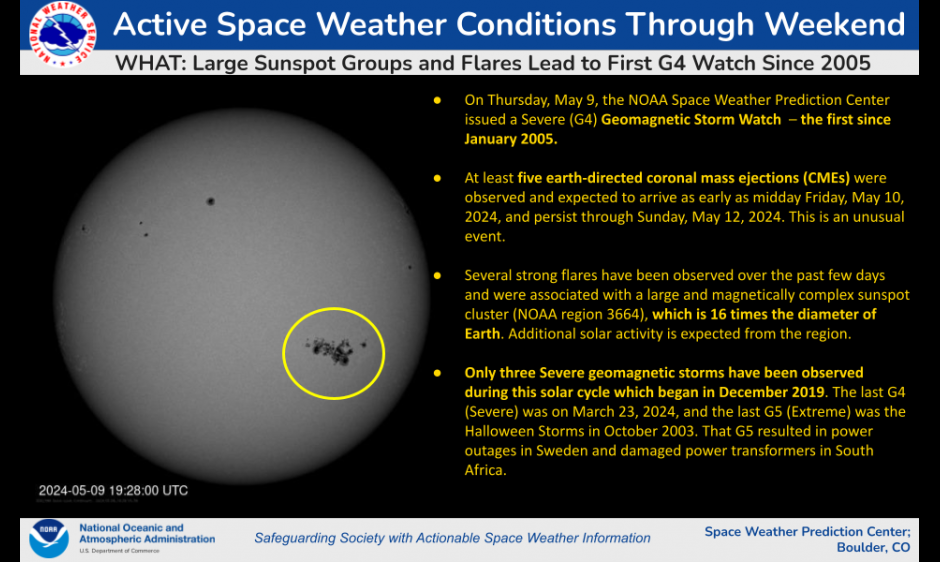Unusually strong solar flare activity this week caused the northern lights to be visible over much of the United States.
Four coronal mass ejections merged as they hit Earth between Friday evening and early Saturday morning. These originated from a sunspot 16 times the diameter of Earth.
The results were a dazzling light display in the sky, but it did cause some problems. The National Oceanic and Atmospheric Administration issued a rare severe geomagnetic storm warning when a solar outburst reached Earth around Friday afternoon. These storms are rated on a scale of 1 to 5. Conditions had reached an “Extreme” by 7pm Friday. This caused power outages in Sweden and damaged transformers in South Africa.
These types of solar storms pose a risk to high-voltage power lines and power grids—not necessarily the power lines that go to people’s homes. Satellites can also be affected, disrupting navigation systems.
Many in Louisiana began to share pictures of the magenta night sky with hints of green by the horizon. These lights are typically seen in the polar regions, but on rare occasions and during abnormally strong solar storms these lights can be pushed down towards the equator.
Our atmosphere contains many chemicals such as nitrogen, oxygen, argon, and carbon dioxide. There are trace amounts of other elements as well, such as water vapor. When magnetospheric particles from the sun bombard the Earth, these chemical elements become excited and light up. Oxygen gives off the fluorescent green and yellow color. Nitrogen causes the blue or red colors and sometimes pink. Neon makes the orange hue.

Solar storms hit the Earth’s atmosphere at around 45 million miles per hour. Earth’s magnetic field then redirects the particles toward the south and north poles. These electrically charged particles then enter Earth’s atmosphere which excites the gas and molecules. It’s similar to how a neon sign works.
Neon signs are just tubes filled with gas which is excited by an electrical charge. On Earth, the atoms and molecules get “excited” by the electron bombardment and must return to their original energy, or ground state, and do so by releasing the energy as photons. The colors you see in the sky depends on the gas mixture in the atmosphere.
Earth’s atmosphere is approximately 78% nitrogen, 21% oxygen, .93% argon, and .04% carbon dioxide. There are trace amounts of neon, helium, methane, ozone, hydrogen, and water vapor as well.

So, why did we see mostly magenta and pink in the Baton Rouge sky?
Red and magenta auroras are fairly less frequent and are usually associated with intense solar activity. This happens when solar particles react with oxygen at higher altitudes—about 250 miles. Oxygen usually causes the green colors, yes, but at high altitudes oxygen can cause the magenta and red colors as well. At the altitude of 180 to 250, oxygen is less concentrated and is excited at a higher frequency or wavelength making the red hue visible.
The colors we saw in Baton Rouge are for two reasons: One, the red occurs at higher altitudes and can thus be seen further away from the poles. Second, because of the large solar storm, this results in a different kind of aurora that is predominantly red.
If you would like to take the opportunity to photograph the auroras, it’s best to use a camera that achieve slower shutter speeds.
Picture courtesy of Balin Rogers























